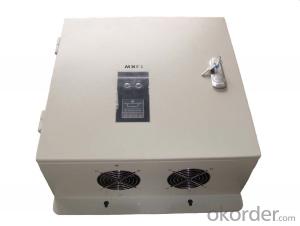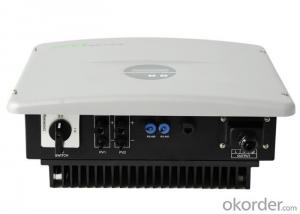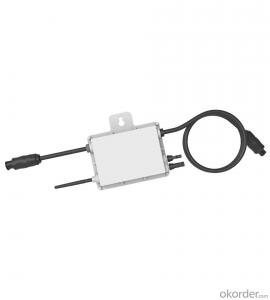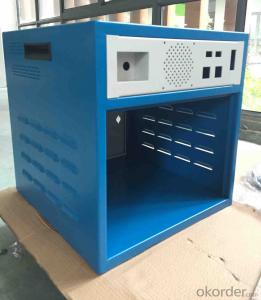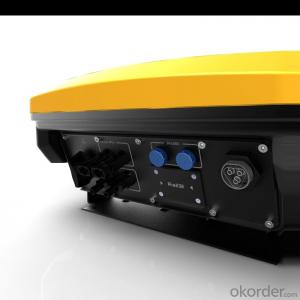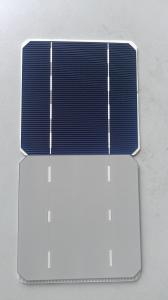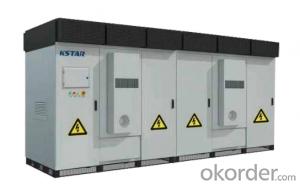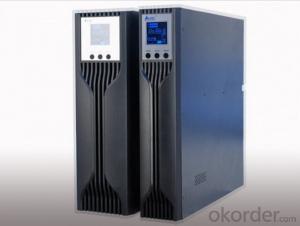Uno Solar Inverter
Uno Solar Inverter Related Searches
Abb Uno Solar Inverter One Solar Inverter Eco Solar Inverter Eko Solar Inverter Ecco Solar Inverter Pro Solar Inverter Solar Inverter 1kw 1kw Solar Inverter Solar Solar Inverter Ups Inverter Solar Ja Solar Inverter Solar All In One Inverter Inverter Solar Solar Pro Inverter 1 Phase Solar Inverter Solar Inverter 1 Kilowatt Solar Inverter 1 Kw Sun Solar Inverter Go Solar Inverter Power Solar Inverter Solar Inverter 1kva Uk Solar Inverter Solar Inverter Italy 1kva Solar Inverter Sunshine Solar Inverter Smart Solar Inverter Power One Solar Inverter Price Renovo Solar Inverter Smart Inverter Solar Solar Ups InverterUno Solar Inverter Supplier & Manufacturer from China
Uno Solar Inverter is a high-quality product designed to convert solar energy into usable electrical power for various applications. This efficient and reliable device is essential for harnessing the power of the sun and making it accessible for residential, commercial, and industrial use. The Uno Solar Inverter is engineered to optimize energy output and ensure a seamless integration with solar panel systems, making it a popular choice among those looking to adopt sustainable energy solutions.The application and usage scenarios of the Uno Solar Inverter are vast, as it can be utilized in a variety of settings to power homes, businesses, and even remote locations without access to traditional electricity grids. This versatile product is particularly beneficial in areas with abundant sunlight, where it can provide a clean and renewable source of energy. By using the Uno Solar Inverter, users can reduce their reliance on fossil fuels and contribute to a greener, more sustainable future.
Okorder.com is a leading wholesale supplier of the Uno Solar Inverter, offering a large inventory of this sought-after product at competitive prices. As a trusted distributor, Okorder.com ensures that customers have access to the highest quality solar inverters, backed by exceptional customer service and support. This makes it an ideal choice for those looking to purchase Uno Solar Inverters for their solar energy projects, whether they are large-scale installations or smaller, personal endeavors.
Hot Products

